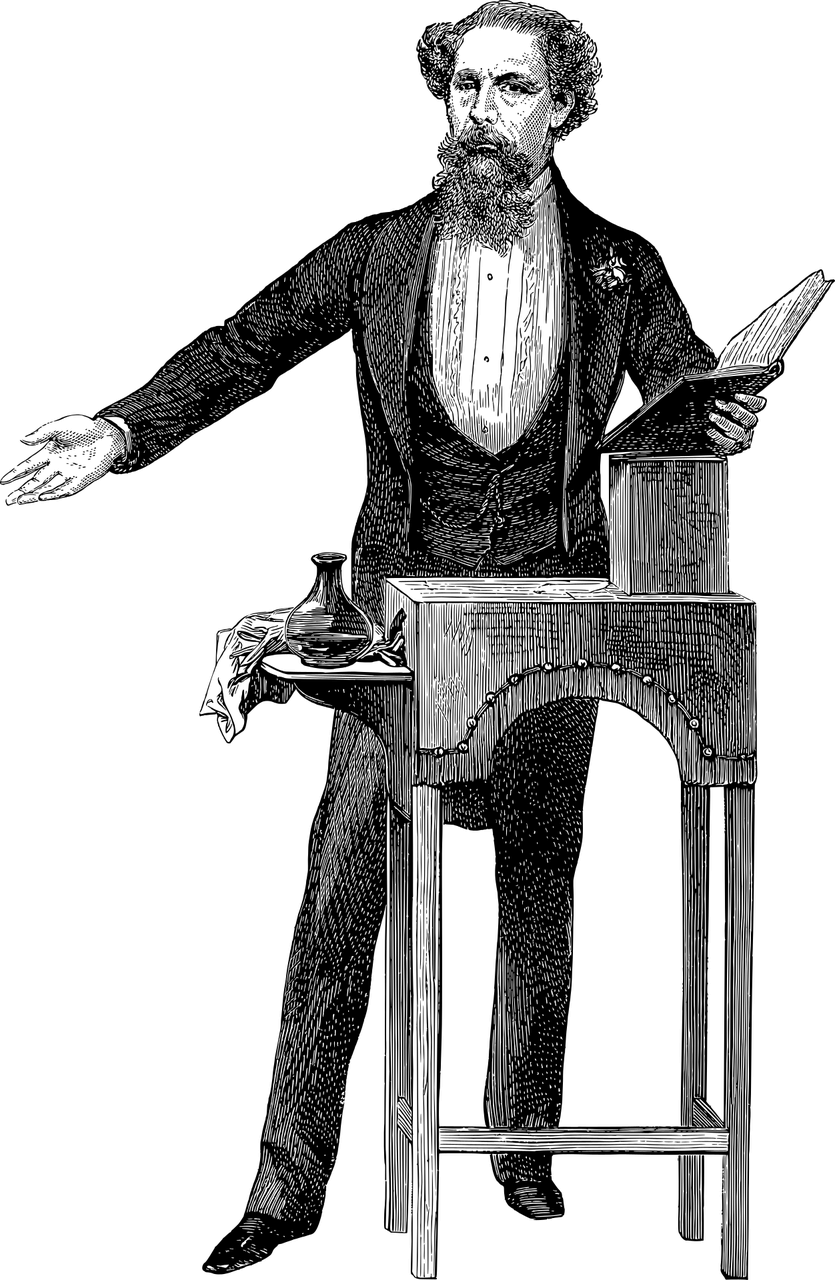Jane Austen: A Timeless Literary Icon

Jane Austen is undoubtedly one of the most significant figures in the world of literature. Born on December 16, 1775, in Steventon, Hampshire, England, Austen’s works have left an indelible mark on the literary landscape and continue to captivate readers even two centuries later. Her novels, characterized by their wit, social critique, and exploration of the lives of women in Regency-era England, have become timeless classics that still resonate with audiences today.
Hvad er vigtigt at vide om Jane Austen?
Jane Austen’s works primarily focus on the domestic sphere and the different societal expectations placed on women during the early 19th century. Her keen observations of human nature, along with her razor-sharp wit, allow her to provide insightful commentary on issues such as love, marriage, class, and gender, all through the lens of the varying social classes of her characters.
One of Austen’s most significant contributions to literature is her portrayal of female protagonists who defy societal norms and expectations. Her heroines, such as Elizabeth Bennet in “Pride and Prejudice” and Emma Woodhouse in “Emma,” challenge the traditional gender roles imposed upon women during Austen’s time. They possess intelligence, agency, and a sense of self-worth, which Austen uses to depict the struggles and triumphs of women navigating a patriarchal society.
Moreover, Austen’s stories showcase the importance of personal growth and self-awareness. Her novels often follow the journey of her heroines as they learn valuable life lessons, overcome their flaws, and ultimately find happiness and fulfillment. By delving deep into the emotional landscapes of her characters, Austen creates relatable and multidimensional personalities that resonate with readers of all generations.
Historisk gennemgang af Jane Austens udvikling

Austen’s literary career commenced in the early 19th century, a time marked by strict societal conventions and stringent expectations for women. She began writing at a young age, using her keen observations of the world around her to develop her storytelling skills. However, it wasn’t until the publication of “Sense and Sensibility” in 1811 that Austen’s talents became widely recognized.
“Sense and Sensibility” was followed by “Pride and Prejudice” in 1813, which remains one of Austen’s most celebrated works. The novel’s sharp social commentary, memorable characters, and its timeless exploration of love and societal expectations solidified Austen’s place in literary history. The success of “Pride and Prejudice” paved the way for the publication of her subsequent novels, including “Mansfield Park” (1814), “Emma” (1815), “Northanger Abbey” (1818), and “Persuasion” (1818).
Despite achieving critical acclaim among a select group of readers during her lifetime, Austen’s works only attained widespread recognition and popularity in the 20th century. The 1940 film adaptation of “Pride and Prejudice” starring Laurence Olivier and Greer Garson and the 1995 BBC miniseries of the same novel featuring Colin Firth as Mr. Darcy catapulted Austen’s novels back into the limelight. These adaptations brought Austen’s stories to a wider audience, fueling a renewed interest in her works that has endured to this day.
Today, Jane Austen’s novels are considered literary masterpieces and have garnered a loyal following worldwide. The themes and issues she explored in her novels continue to resonate with readers, sparking discussions and analysis across various fields, including literature, sociology, and gender studies. Her works have been translated into multiple languages and adapted into numerous films, stage plays, and television series, further cementing her status as a literary icon.
Her indlæg om video placering
[INDSÆT designede video af Jane Austen and her works på Pinterest.]
Sådan strukturerer du teksten for Featured Snippet:
Introducing Jane Austen: Insights into Her Life and Works
Jane Austen’s Evolution over Time: From Obscurity to Literary Recognition
The Enduring Appeal of Jane Austen: Her Relevance Today
Jane Austen’s Influence beyond Literature: Film and Popular Culture
Exploring the Themes and Characters in Jane Austen’s Novels
The Contemporary Significance of Jane Austen’s Works
Collecting Jane Austen: A Haven for Art Enthusiasts and Collectors
With its enduring relevance and universal appeal, Jane Austen’s literary legacy stands as a testament to her remarkable talent and unique perspective. Her works continue to captivate readers of all ages, transcending time and cultural boundaries. From the gripping love stories to the incisive social critique, Austen’s creations continue to provide a rich source of inspiration, insight, and entertainment for anyone who appreciates the beauty of literature. As we delve into Austen’s works, we not only discover the complexities of the human experience but also gain a deeper understanding of our own lives and the world in which we live.
Sources:
– Austen, Jane. “Pride and Prejudice.” Penguin Classics, 2003.
– Johnson, Claudia L. “Jane Austen’s Cults and Cultures.” University of Chicago Press, 2012.
– Jenkins, Laura. “Jane Austen: A Life.” Viking, 1997.





